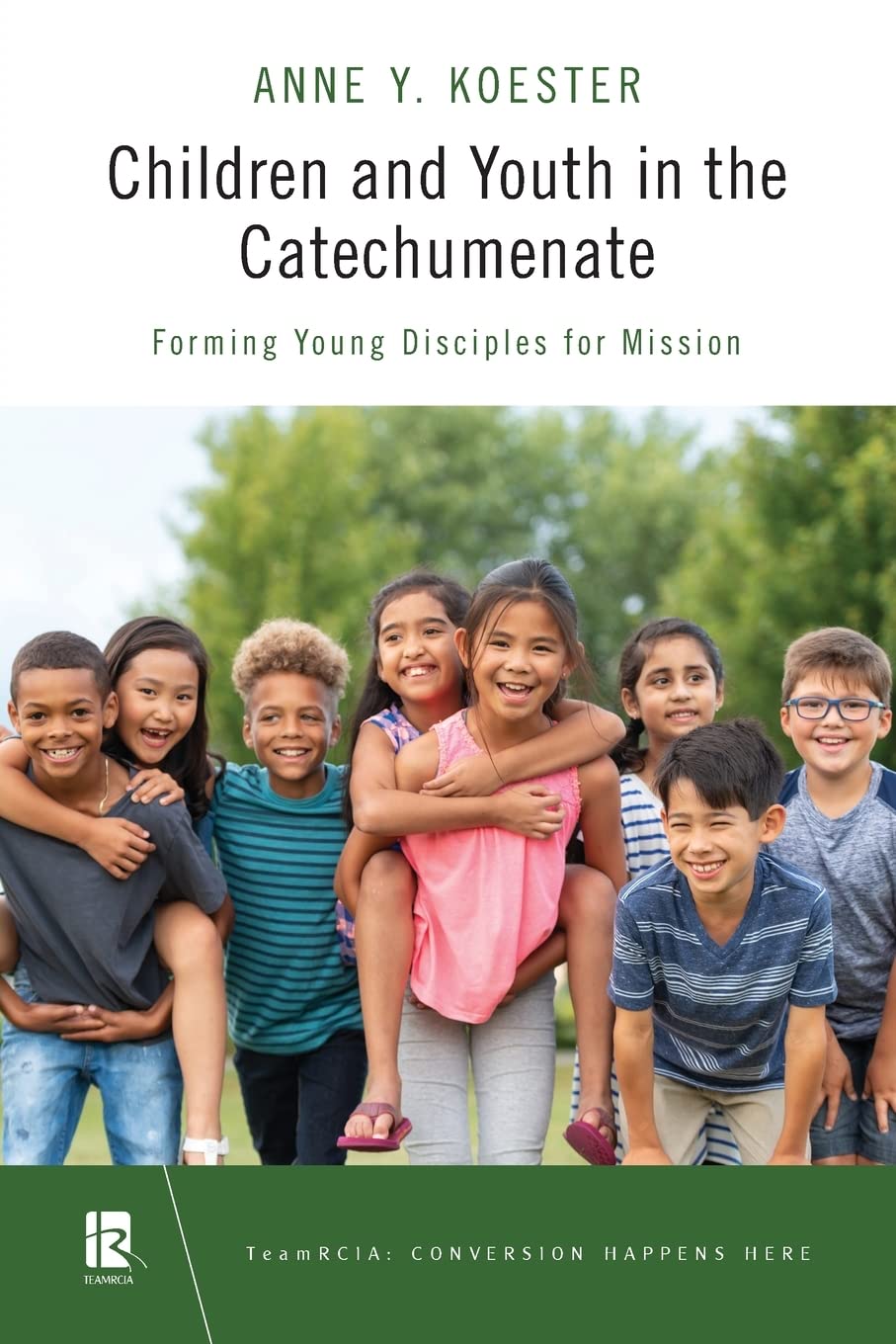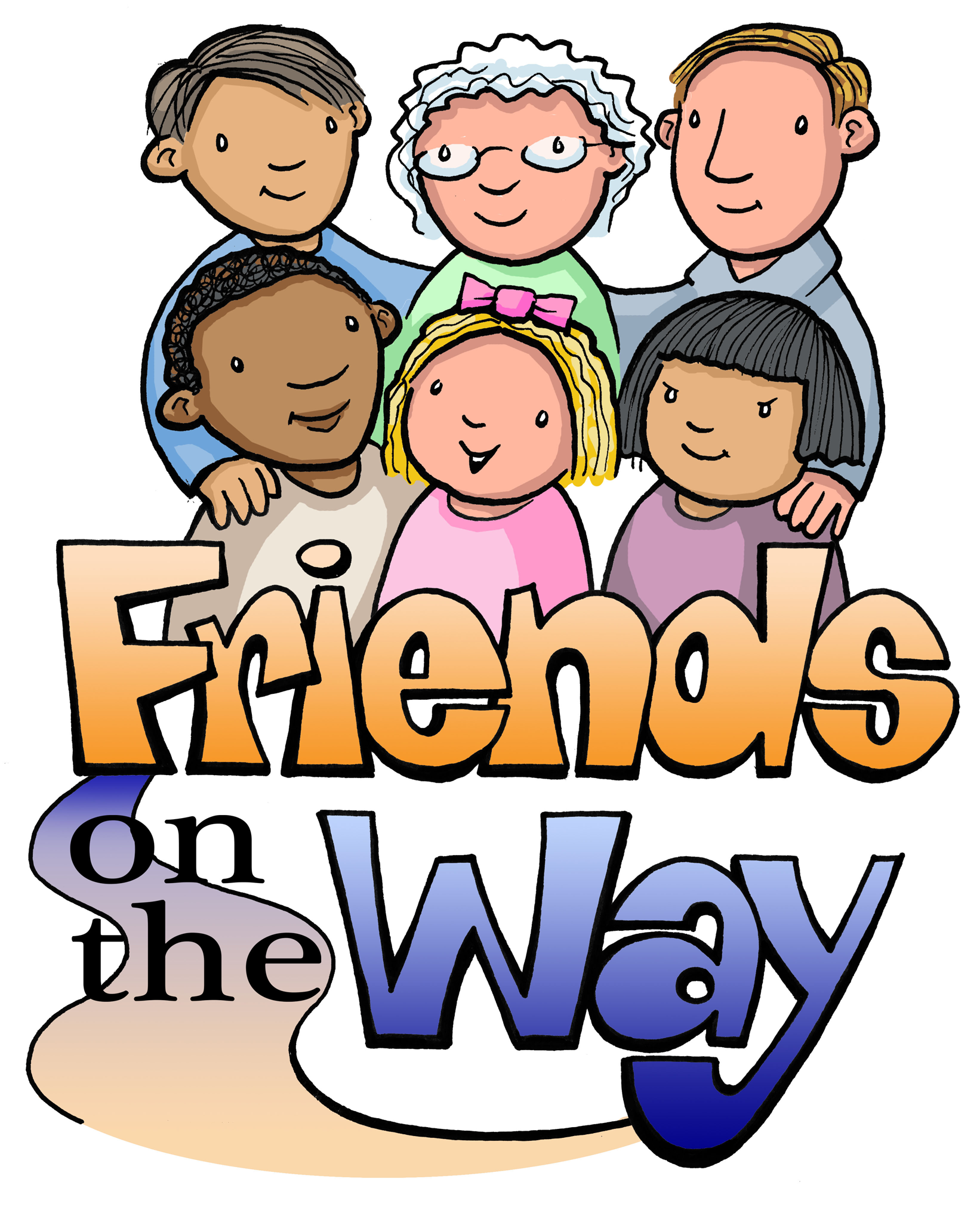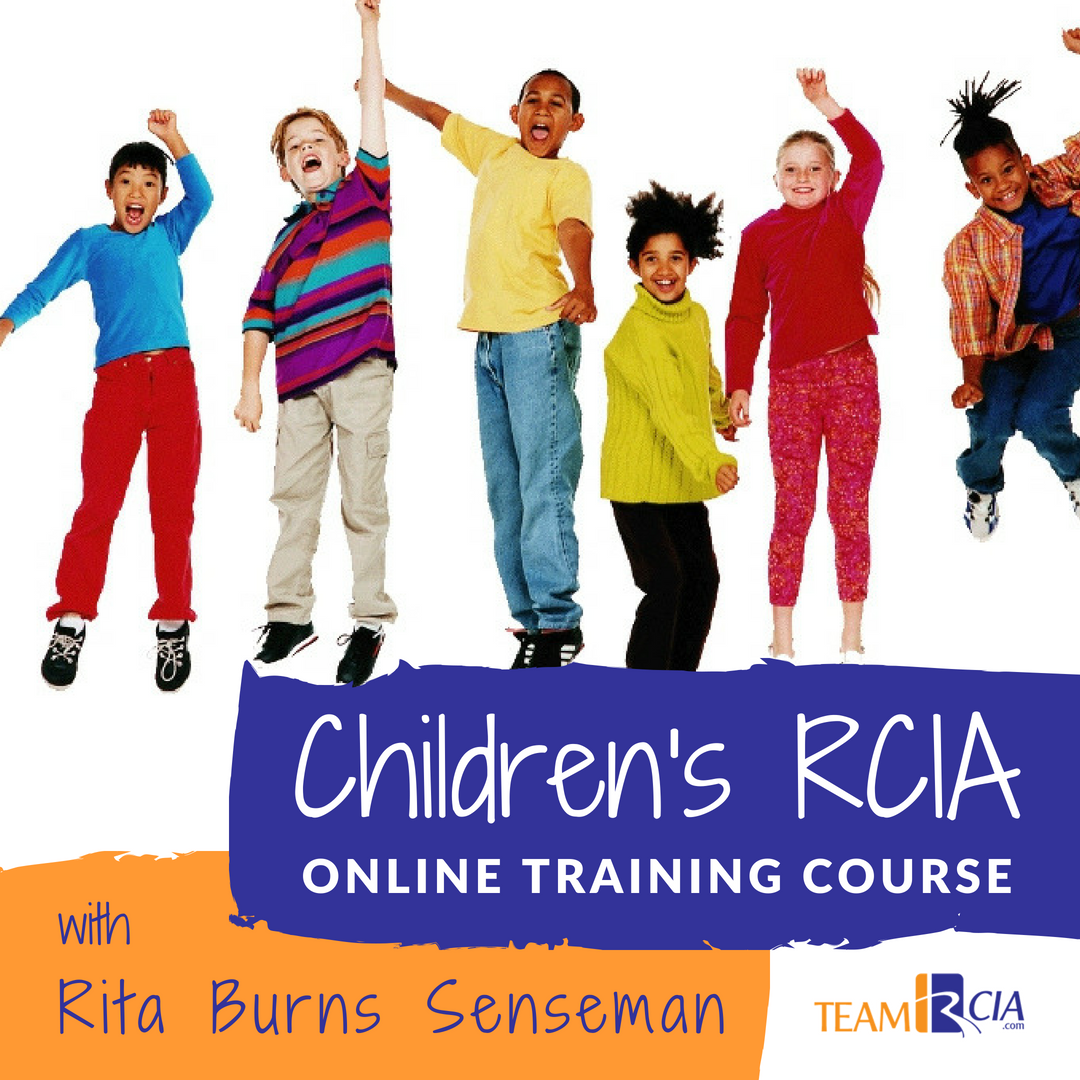1. MOST IMPORTANT
2. SIMPLE RITUALS
3. INVOLVE PEERS
4. RITE OF ACCEPTANCE
5. INVOLVE PARENTS
6. EASTER VIGIL
The single most important thing you can do to improve children’s catechumenate
Rita Burns Senseman
Make time to talk individually, in person, to each parent or guardian at the beginning of the process.
If you are “really” doing children’s catechumenate, then you are doing a precatechumenate that is different in design and purpose from the period of the catechumenate. And, in order to design a precatechumenate that fits the needs of the child, you must understand the family history and formational needs of the child.
Children and their families seek initiation for many reasons. Sometimes those reasons are pretty clear. Or maybe the reason just seems to be clear. Perhaps there is more going on than the family presents to you at the beginning of the process. You are not going to find out from reading an information form or even from a phone conversation. If you already do these things as initial steps, that’s great. But follow up with individual conversations with parents.
To effectively use the information you gathered on a form or over the phone, you will need to meet with the family, face to face, perhaps several times. Then use what you learn to refine and improve what you do during the precatechumenate.
By being warm and welcoming and deeply listening to the family’s story, you will uncover the motivations for seeking initiation. You will also begin to learn a little about the family’s system and history, which will help you design a better process for them.
For example, if Annie is unbaptized, but has been going to church with Grandma for ten years, she probably doesn’t need an extended precatechumenate. But her family as a whole may need some attention. Why are the parents absent from Annie’s church life? Are they supportive of Annie being initiated? Will they participate in the preparation process and in the rites?
On the other hand, if Annie is unbaptized and has rarely been in church, then the precatechumenate period will likely be extensive. How do the parents feel about that? Are they looking for something quick and easy? Are they truly concerned about Annie’s spiritual formation, or do they just want to “catch her up”?
There isn’t a right or wrong motivation. You are not making a judgment about what has brought Annie to this point in her life. You are simply trying to understand all the factors that are in play so you can provide the best precatechumenate possible for her.

Need Some Help with Your Children’s Catechetical Sessions?
Friends on the Way: Children’s Catechumenate Resource has everything you need need to feel confident you are teaching the faith of the church.
Baptized children
Baptized children who are becoming Catholic technically don’t have a “precatechumenate” because they cannot become catechumens. However, it is still important to meet with the family as you begin the process for their reception into full communion for all of the reasons mentioned above.
Baptized Catholic children whose families have been away from the church for a while and are now returning will most likely wind up in the religious education process and not in the catechumenate. You may never directly interact with their families. However, if you work in both ministries, make a point of meeting with these parents as well.
The overall goal, no matter what situation you are dealing with, is to get to know the family and begin to form a meaningful relationship with them.
It bears repeating: the single most important thing you can do to improve you process for children to talk individually, in person, to each parent or guardian at the beginning of the process.

About Rita
Rita Burns Senseman is the pastoral associate and director of religious education at St. Benedict Parish in Terre Haute, Indiana. She has written numerous articles and books on various aspects of the Rite of Christian Initiation of Adults, including A Child’s Journey: The Christian Initiation of Children.







